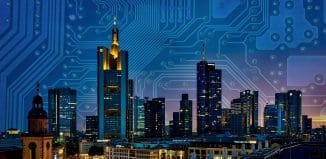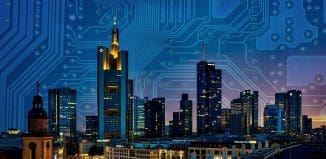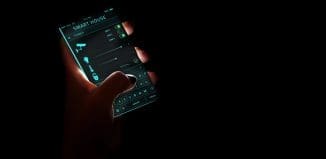Without These Startups, Our City Would Look Completely Different
This post is also available in:  עברית (Hebrew)
עברית (Hebrew)
Olga Grosman-Ezrahi
Cities of the world, as they appear today, were completely different only a few dozens of years ago. Various inventions led by governments, as well as talented leaders and entrepreneurs who built our comfortable, modern cities, made our lives more efficient and upgraded them beyond recognition. Mr Gideon Ben Zvi, a serial entrepreneur, spoke about the startups that turned cities into what they are today.
In the 19th century Elisha Otis invented the elevator safety device, in order to prevent elevators from falling if the hoisting cable fails. It turns out that such a supposedly simple invention – a sensor that detects when the elevator is falling and causes it to stop – turned into one of the most important inventions which motivated building higher buildings and with it, urbanization. Another revolution was the aqueduct in the seventh century AD. If the past had people living around water sources and fighting vicious wars for them, the aqueduct became a turning point allowing directing the water to other places and, with it, settle down far from those sources.
In small steps these inventions turned from governments and leaders’ initiatives to individuals – one of the most famous of which is Henry Ford. His revolutionary invention was manufacturing cars in a moving assembly line, which lowered the cost of cars and pushed towards suburbanization. Many cars appeared on the roads brought on the need to direct them and so traffic lights were invented. Several years later cities became much more populated and people started to work in tall, stifling buildings. Willis Carrier was the one who came up with a solution for this when he invented the air conditioner. The next revolution was by a Japanese company called Daikin which invented gas lines tranferring the cold from the air conditioner to the many rooms, which expanded architectural flexibility. In time, our society started taking part in technological revolutions, as you can see with WAZE and UBER.
Today more than 50 per cent of the world’s population is living in cities, but there are still urban challenges that require smart solutions in order to make the future more efficient. For example, one of the problems is the rise of carbon dioxide in cities – a problem which has gotten so bad in Beijing that last summer – it was recommended not to let children out of the house due to the danger of asthma. Another example is the difference between the rich and the poor in the city, creating an extensive crime problem.
Several ideas are being created simultaneously for develop the city such as energy saving “storages” for when they might be needed – a sort of power storage houses that can be transported from warm energy areas, such as Greece, to colder places, such as Sweden.
Today sees the rise of the worlds of Clean Tech and security – both a niche that keeps growing just as much as the Hi-Tech world, all thanks to urbanizations which was motivated by past startups.




























